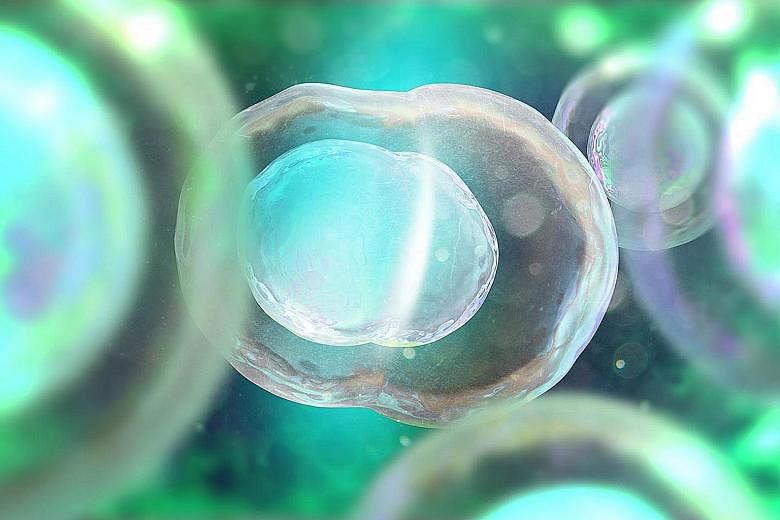Induced pluripotent stem cells (left) are stem cells that are derived from adult stem cells which are capable of transforming into many cell types.
The technique used to create them was developed by Nobel laureate Shinya Yamanaka in 2006, and has opened the doors to medical advances, including generating cartilage cell tissue to repair knees, retinal cells to improve the vision of those with eye diseases, and cardiac cells to restore damaged heart tissue.
Concerns that these cells could be more susceptible to genetic mutations have hampered their adoption in biomedical research and medicine but a new study by scientists at the National Human Genome Research Institute (NHGRI) in the United States could change that.
The work, published in Proceedings Of The National Academy Of Sciences, found that induced pluripotent stem cells (iPSCs) are no more likely to develop genetic mutations than cells duplicated by subcloning, a process where single cells are cultured individually and then grown into a cell line or colony. The scientists examined two sets of donated cells: one set from a healthy person and the second set from a person with a blood disease called familial platelet disorder. Skin cells from the donors were used to create genetically identical copies of the cells using both the iPSC and the subcloning techniques.
The researchers sequenced the DNA of the skin cells as well as the iPSCs and the subcloned cells and found that mutations occurred at the same rate in iPSC and subcloned cells.
Dr Pu Paul Liu, co-author of the paper and senior investigator in NHGRI's Translational and Functional Genomics Branch, said: "These findings suggest that the question of safety shouldn't impede research using iPSC."

